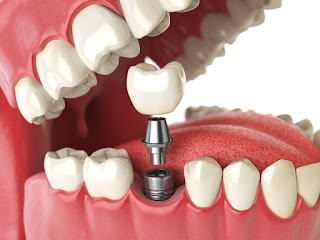Dental implants have been accepted as a viable treatment option for completely and partially edentulous patients.1,2,3 Further improvements toward the successful osseointegration of dental implants have involved modifications to both surface topography and surface chemistry.4 Implant design (i.e., types and dimensions), surgical procedure, implant placement time, and time prior to loading have been shown to influence implant survival rates.5,6,7,8.

Therefore, risk factors associated with implant failure have become a frequently discussed topic in recent dental research. Among patient factors, male gender, smoking, autoimmune disease, and penicillin allergy have been found to trend toward higher failure rates.9,10 In contrast, short implants in mandibular posterior sites have been found to have a survival rate of 100%, while the same was not true for implants in the maxillary posterior position, wherein 6-mm implants had a survival rate of only 87%.
Most survival study designs are longitudinal and retrospective with many years of follow-up. Their statistical methods use implant failure as the unit of analysis, without considering multiple implant failures in the same patient. Outcomes related to implants in a single patient must be more closely correlated than those in separate patients; ignoring these correlations could result in a bias in p-value computations.11,12,13
Therefore, in this retrospective study, we aimed to evaluate dental implant outcomes and to identify risk factors associated with implant failure over 12 years via dental records of patients attending an educational institution.